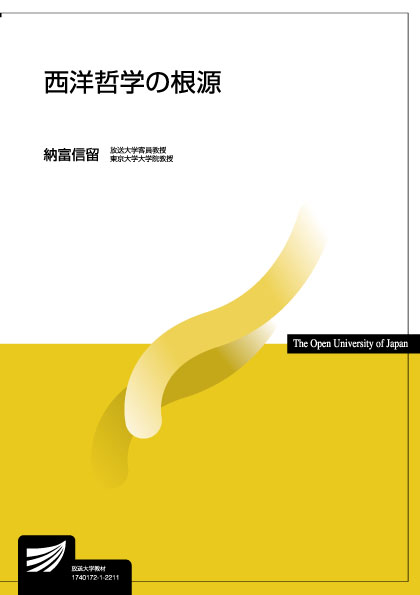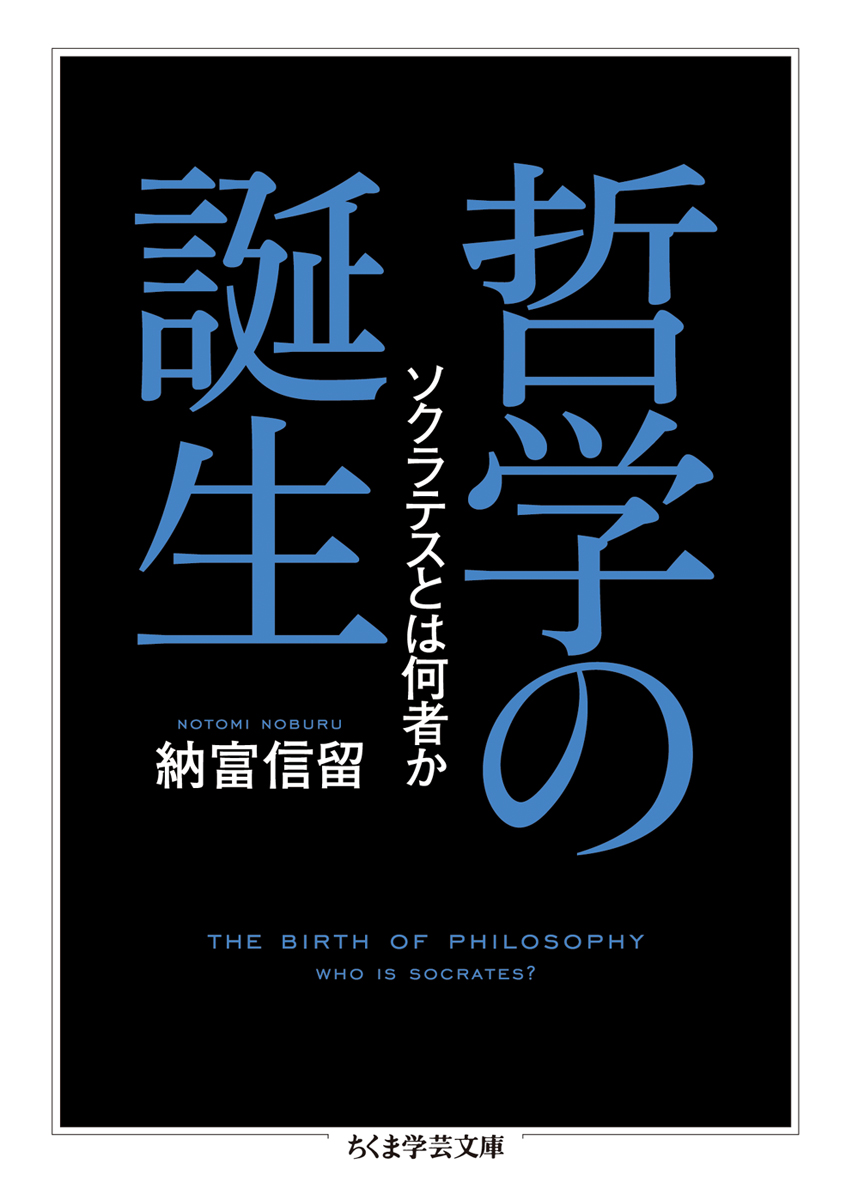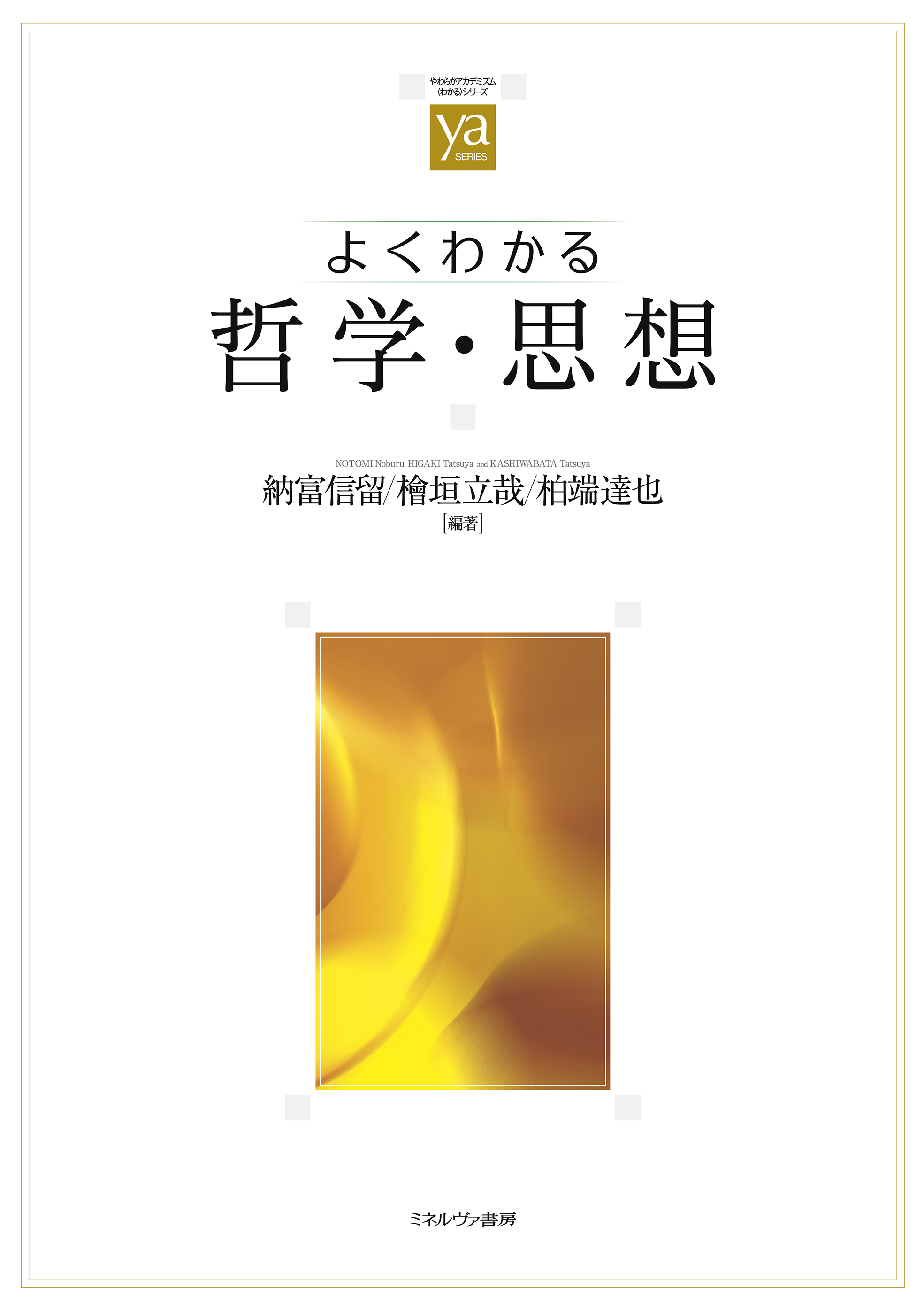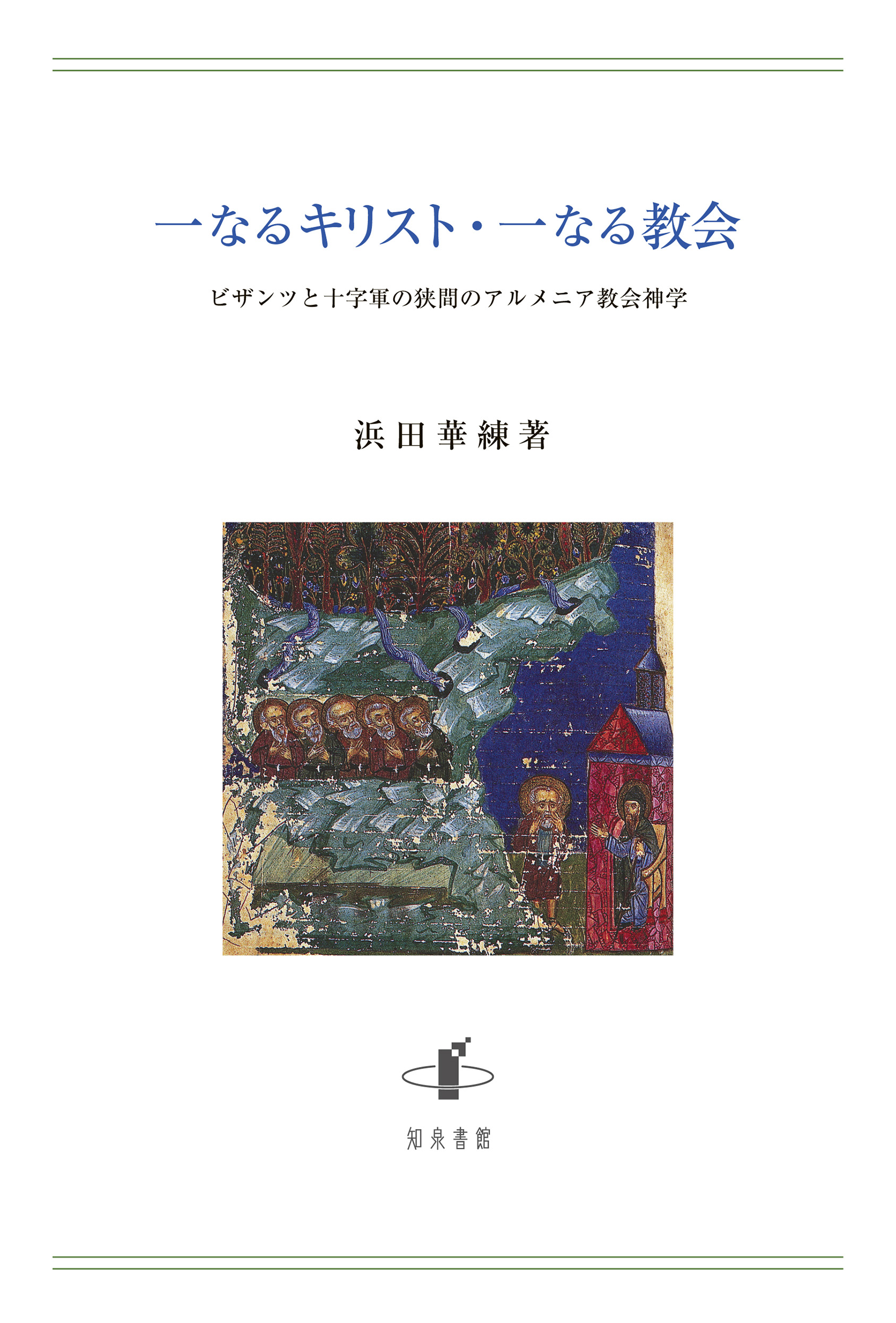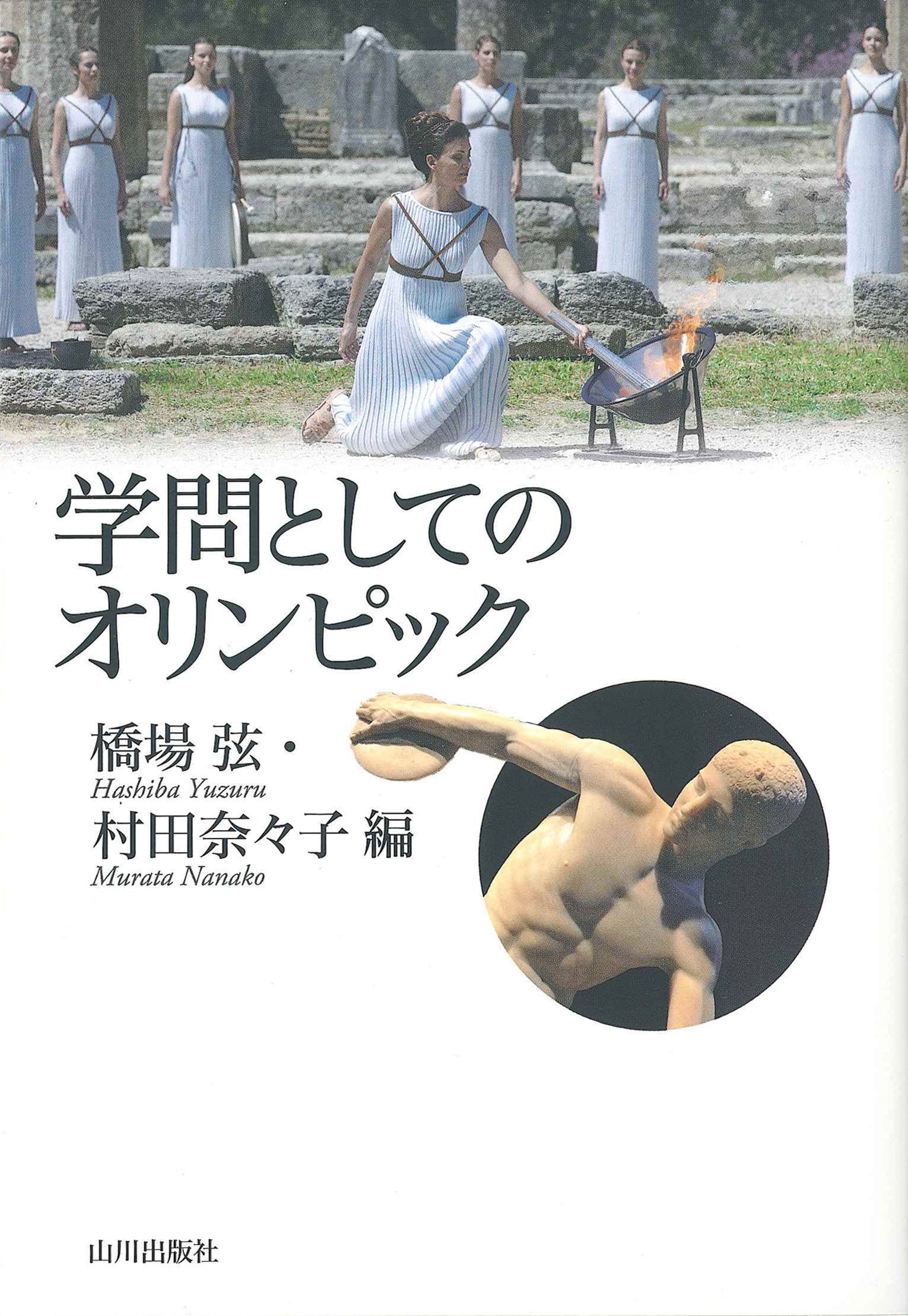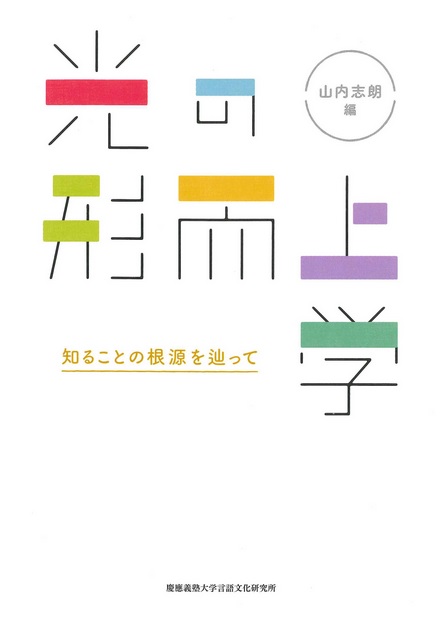
Title
Hikari no Keiji-Jogaku (The Metaphysics of Light: on the origins of knowing)
Size
288 pages, A5 format, hardcover
Language
Japanese
Released
February 28, 2018
ISBN
978-4-7664-2500-0
Published by
Keio University Press
Book Info
See Book Availability at Library
Japanese Page
In Western philosophy, what philosophical, religious, and literary roles has the concept of light played? In the Book of Genesis, God created the world with the words “Let there be light.” As such, light, along with word (logos) and existence, was considered the origin of the order of the universe. This book is a collection of essays written by 11 researchers, including myself, led by Professor Shiro Yamauchi, who used to be a member of the University of Tokyo’s Department of Philosophy and currently teaches at Keio University Faculty of Letters, on a common theme from various viewpoints reflecting their respective areas of expertise and interest. It is the outcome of a joint research undertaken at the Keio Institute of Cultural and Linguistic Studies (where Toshihiko Izutsu used to pursue his research). The common theme is how the “metaphysics of light” was developed over the course of Western history from ancient through medieval and into modern times.
The philosophy of light, which was originated by Plato in the ancient period, has its archetypal image in the simile of the sun in the Republic (Politeia) (Notomi). The Form of the Good, which is considered as being “beyond being,” is analogized with the sun, and the light of the sun is what brings things into existence. The powerful metaphysical image was further developed by Neoplatonic philosophers such as Plotinus who inherited Plato’s philosophy (Hikasa), and the early Greek Church Fathers began to use it to represent God (Tsuchihashi).
Although a moment of light is seemingly unimportant in medieval philosophy, which theorized Christianity with Aristotle’s philosophy, Yamauchi and Ueeda discuss how this tradition should be defined in medieval philosophy. Also, 13th century theologist Robert Grosseteste’s argument “On the Heat of the Sun” (Kanzaki) as well as light and shadow in Renaissance paintings (Toyama) are presented from the same viewpoint.
In the Oriental Orthodox world, where the influence of Neoplatonism remains strong, the tradition of recounting experiences of “light” was maintained (Tani). Meanwhile, there were remarkable discourses on light among medieval spiritualist preachers as well as in medieval literature (Koda). It is also shown through the translation and interpretation of a work by Abu Ya’qub Ishaq ibun ahmad al-Sijistani, a 10th century Muslim philosopher, how light became the theme for gods, prophets, and imams in the Islamic world that embraced the traditions of ancient Greece (Nomoto).
The discussions compiled in this book are intended to shed light on the common theme by focusing on their respective issues, and do not necessarily cover the whole spectrum of the theme. However, these respectively characteristic observations together bring out the light and shadow of the tradition of the metaphysics of light. Also, the book is characteristic in that it includes the translation and interpretation of some important documents. I would like to recommend people to read this book as an interesting approach to Geistesgeschichte or the history of ideas, not confined to the realm of narrowly defined philosophy.
(Written by NOTOMI Noburu, Professor, Graduate School of Humanities and Sociology / 2018)



 Find a book
Find a book


